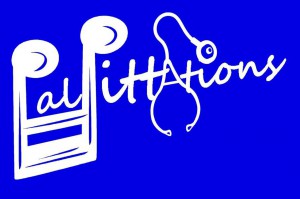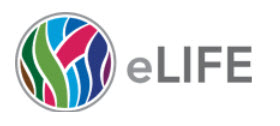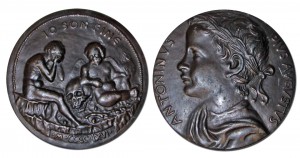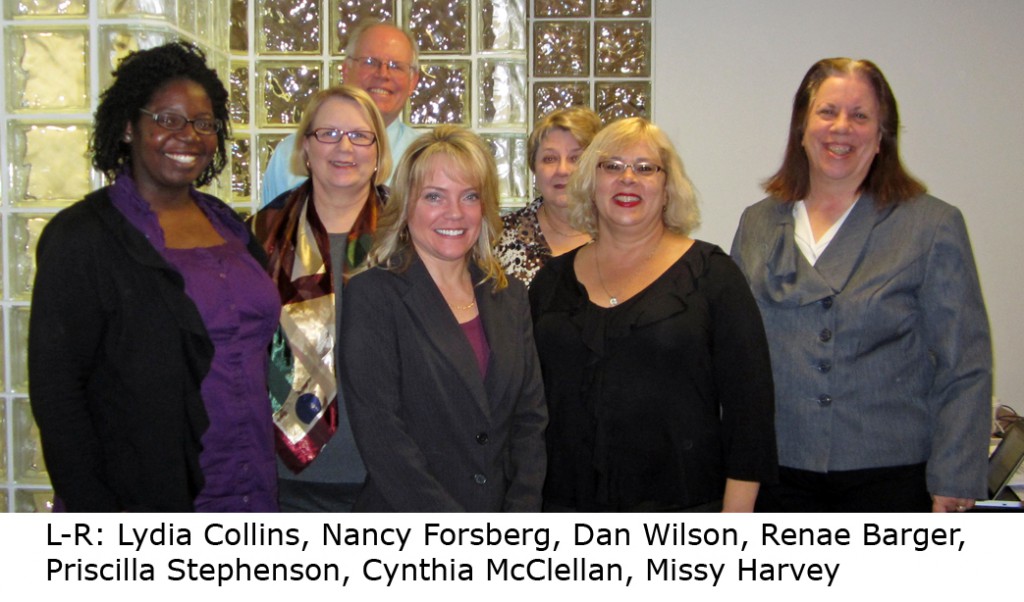Traditional measures of research impact, such as the ISI Journal Citation Report impact factor, generally focus on the citation counts generated by peer-reviewed journals, which can take a long time to develop—approximately seven years from initial hypothesis to publication, according to a recent BMJ blog.1 Why wait so long to measure response to your work? Why limit the type of scholarly output measured? Alternative metrics or “altmetrics” allow authors to track the immediate impact of each article, grant, book, presentation, video, dataset or other work produced. Plum Analytics, a new company with offices in Philadelphia and Seattle, has created a personal dashboard for researchers to quantify and visualize the altmetrics of individual scholarly works.
The University of Pittsburgh’s University Library System (ULS) and HSLS have signed on as the first customer of Plum Analytics. We are partnering in a pilot project with selected Pitt researchers to more fully develop the product to help Pitt scholars track, assess, and compare scholarly impact. Using the Plum Analytics tool, researchers can make their scholarship more accessible, promote their research, and connect with other scholars.
Current metrics span five weighted categories of impact:
- Citations (Web of Science, Scopus, Google Scholar)
- Mentions (blog posts, news stories, Wikipedia articles, comments, reviews)
- Usage (downloads, views, book holdings, document delivery)
- Captures (favorites, bookmarks, saves, groups, readers)
- Social media (Tweets, likes, shares, ratings)
Social media and Web-based products currently monitored include Dryad, Slideshare, Vimeo, Github, PLoS, Mendeley, CiteULike, YouTube, Reddit, Wikipedia, SourceForge, Figshare, Facebook, Twitter and PubMed. Resulting research directories of linked people, labs, departments, and institutions will strengthen collaborative efforts.
Andrea Michalek, co-founder and Chief Executive Officer of Plum Analytics, presented preliminary results of the pilot project at the Open Access Week 2012 presentation, “Plum Analytics and Altmetrics: New Methods of Measuring Scholarly Impact,” on October 24 at the William Pitt Union. Two researchers from the schools of the health sciences are featured in the video. If you missed the presentation, it is now available for viewing online. While the Plum Analytics tool is not yet available for general use, stay tuned for further developments.
1. Bower C. “Plum Analytics: a new player in the field of altmetrics?” BMJ Web Development Blog, 2012, http://blogs.bmj.com/bmj-journals-development-blog/2012/09/28/plum-analytics-a-new-player-in-the-field-of-altmetrics/.
~ Andrea Ketchum


 It’s hard to believe that we will soon be turning the calendar to 2013. It seems like just yesterday we were fretting about Y2K concerns, yet most of our students today were in grade school at the turn of the millennium.
It’s hard to believe that we will soon be turning the calendar to 2013. It seems like just yesterday we were fretting about Y2K concerns, yet most of our students today were in grade school at the turn of the millennium.



 In addition to the many exquisite rare books in the Falk Library Rare Book collection, there are a number of valuable non-literary items. As objects, they can sometimes speak to us more strongly than text, since they appeal not only to our intellect but also to our senses. Among the artifacts is the Civil War Post-Mortem Surgical Set, which was described in detail in a December 2010
In addition to the many exquisite rare books in the Falk Library Rare Book collection, there are a number of valuable non-literary items. As objects, they can sometimes speak to us more strongly than text, since they appeal not only to our intellect but also to our senses. Among the artifacts is the Civil War Post-Mortem Surgical Set, which was described in detail in a December 2010 